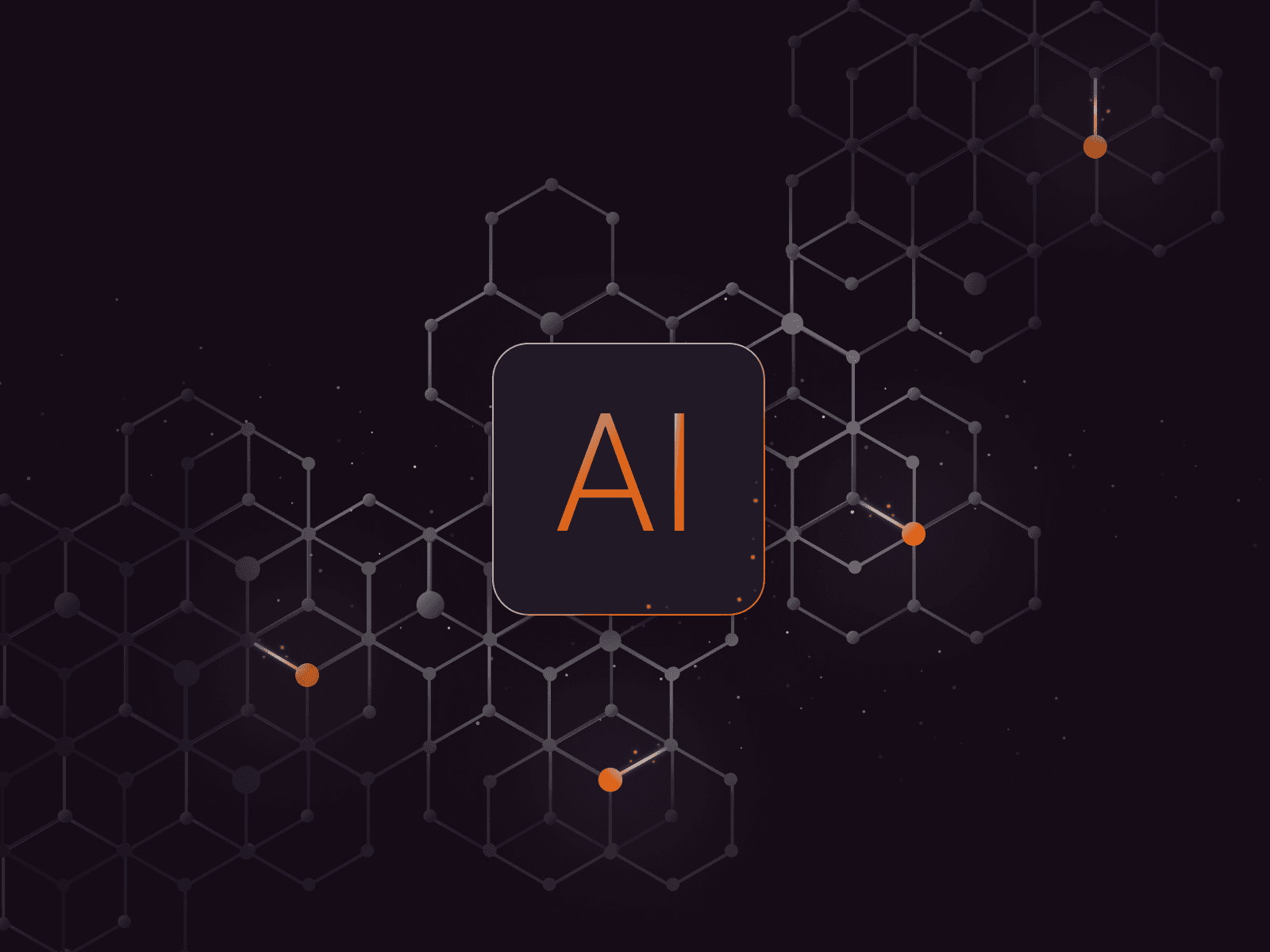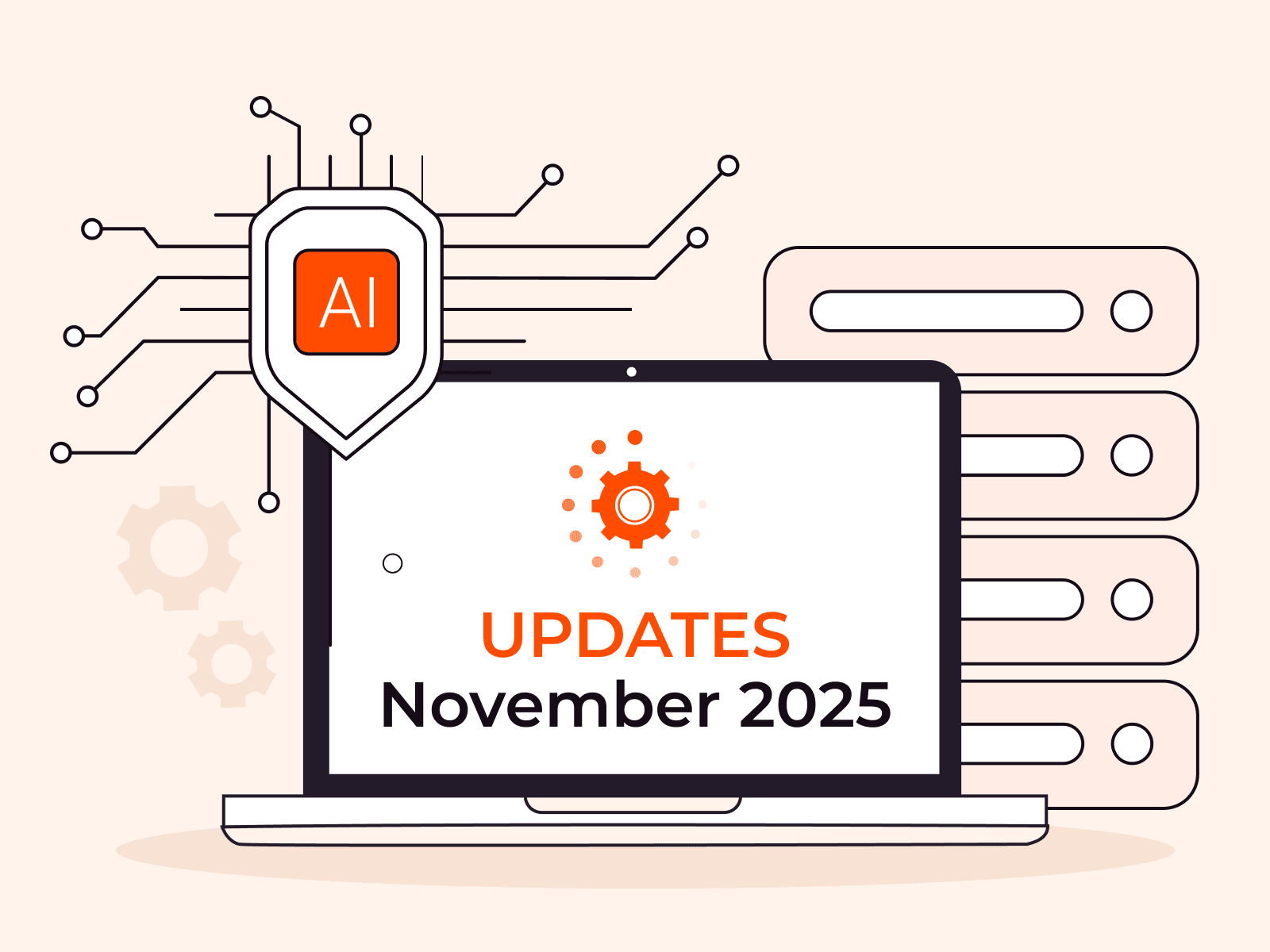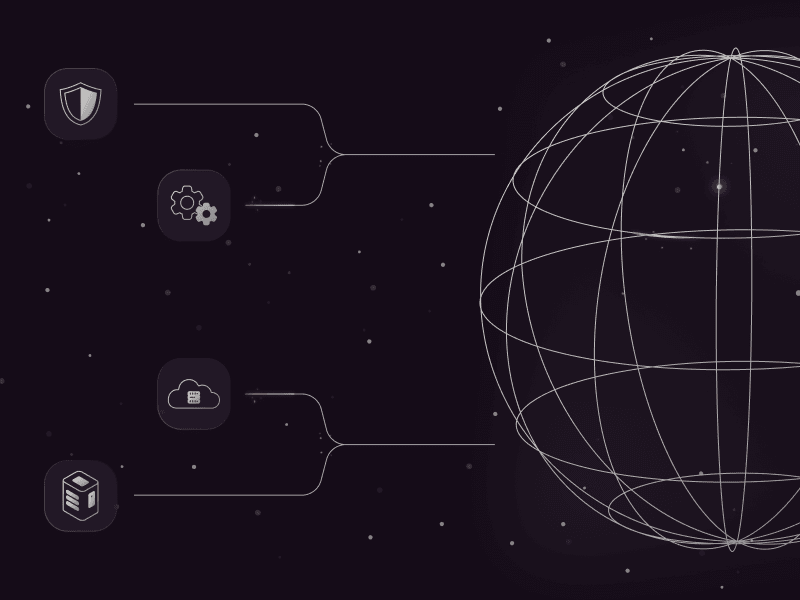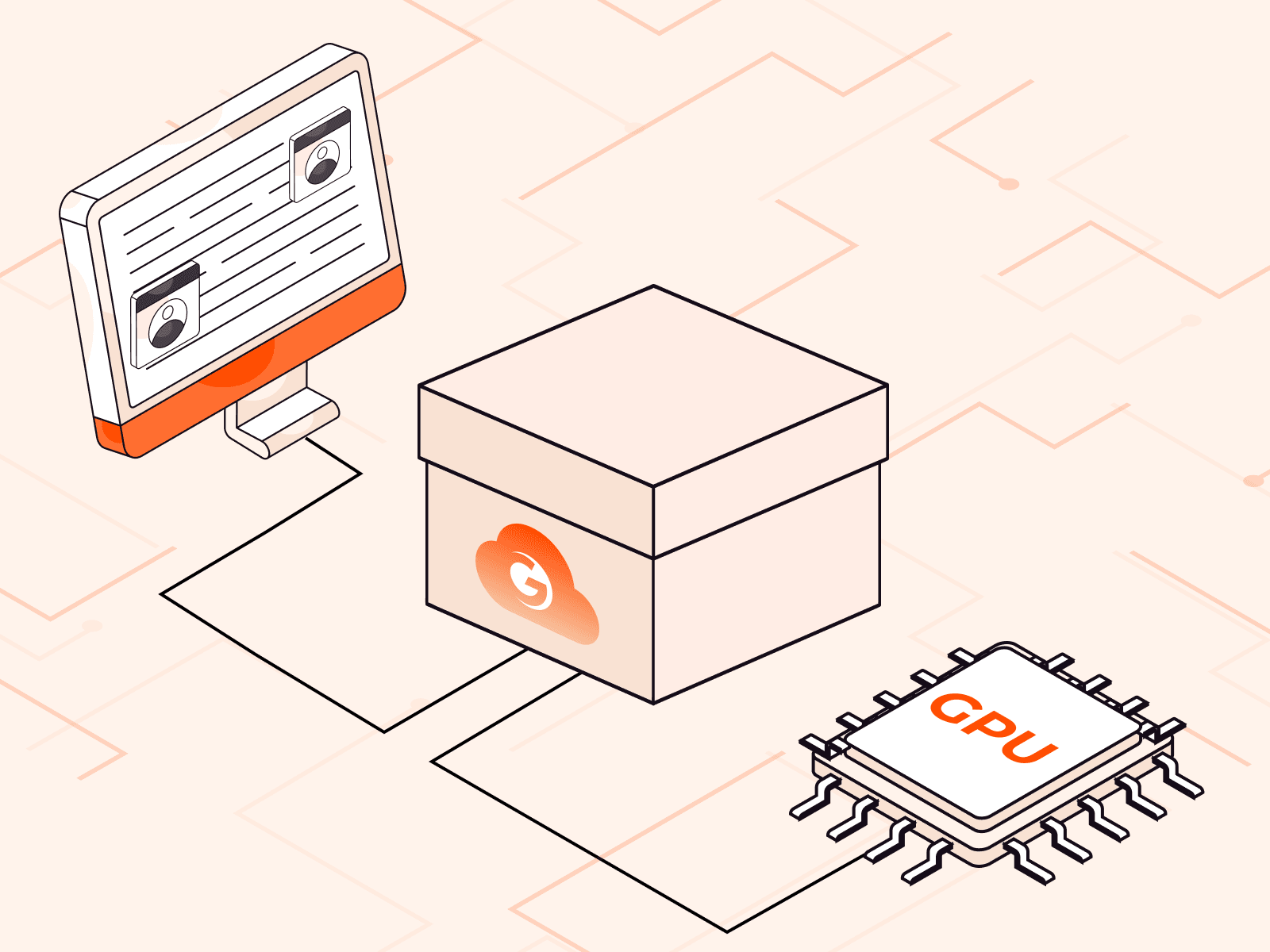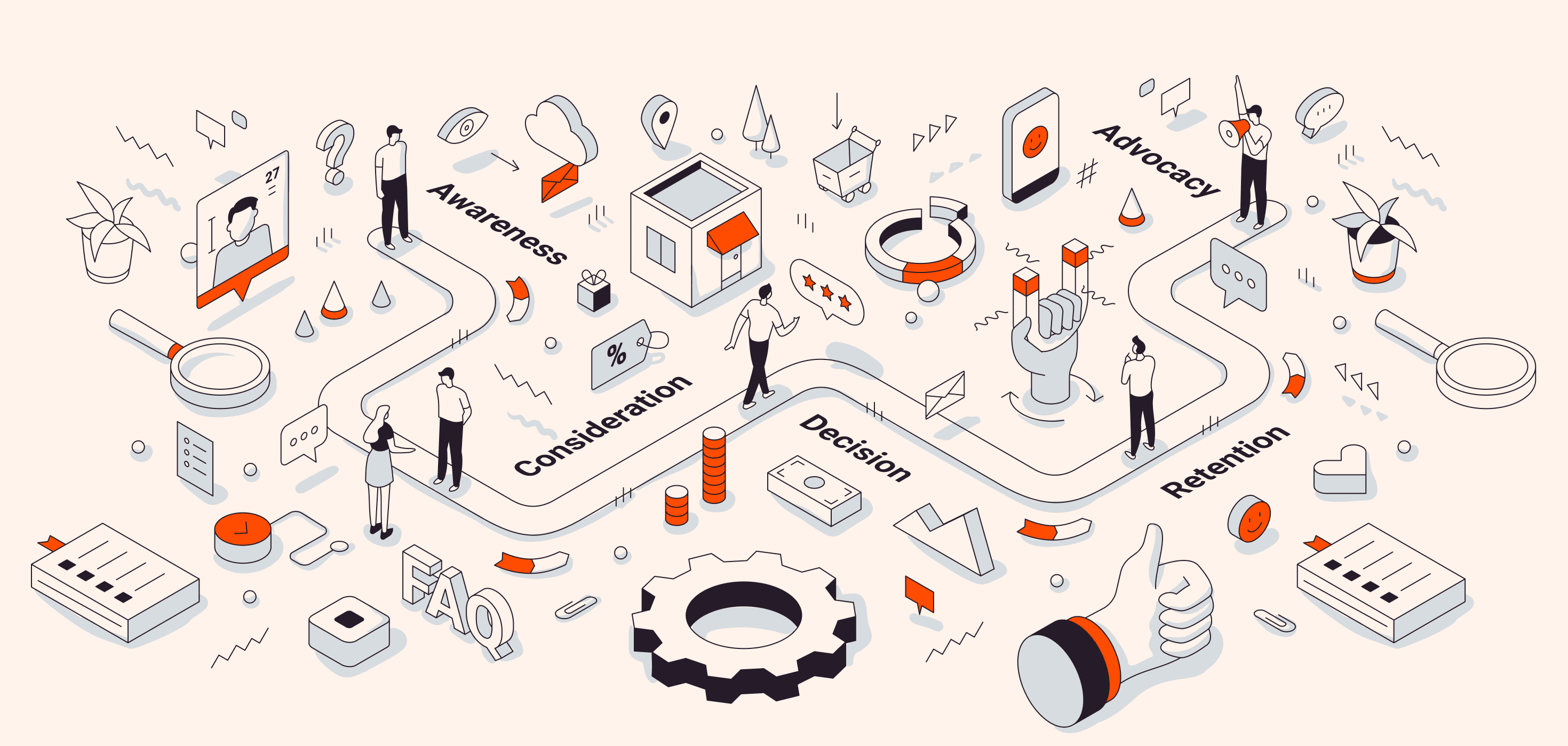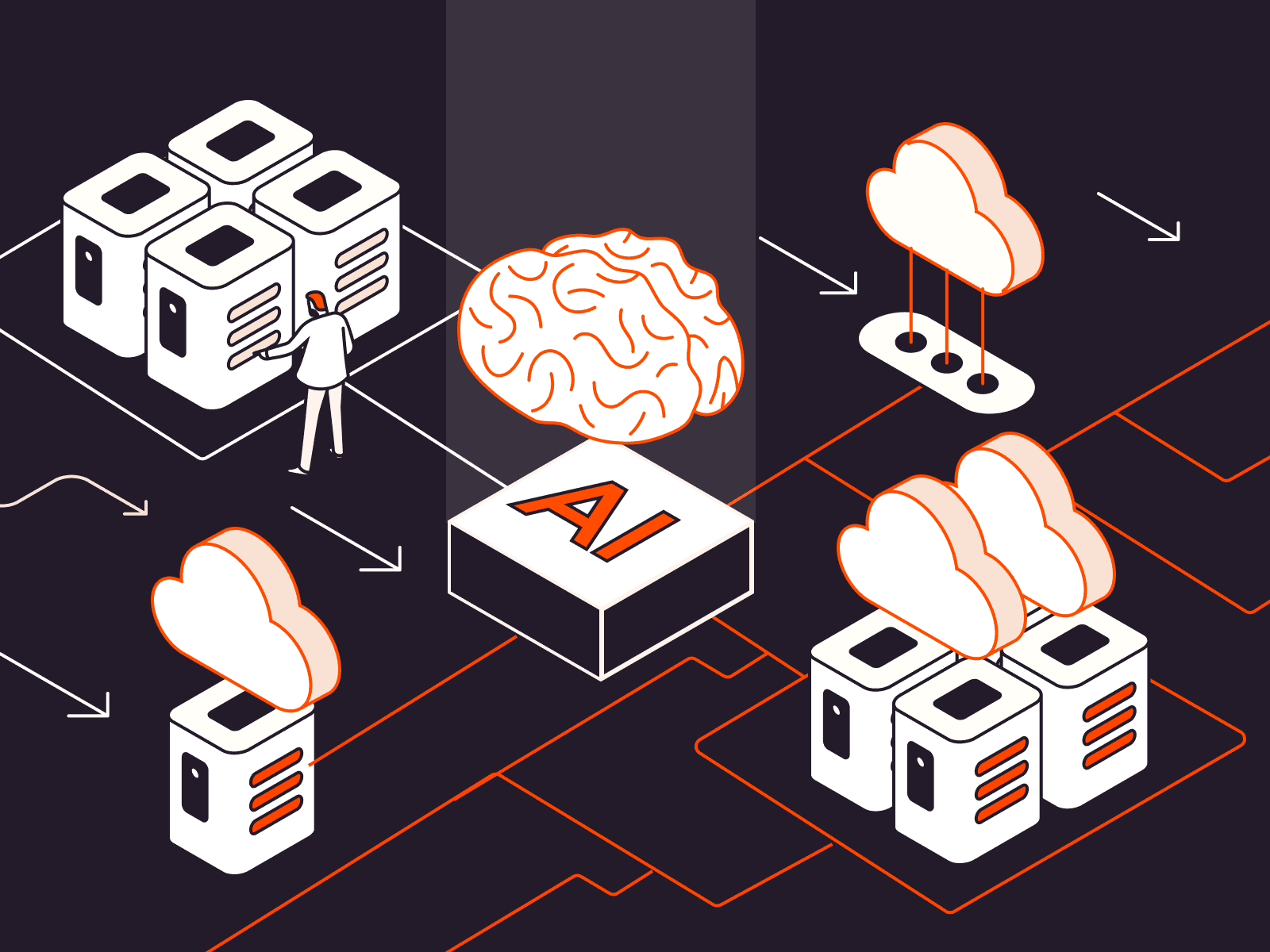3 clicks, 10 seconds: what real serverless AI inference should look like
- June 5, 2025
- 3 min read
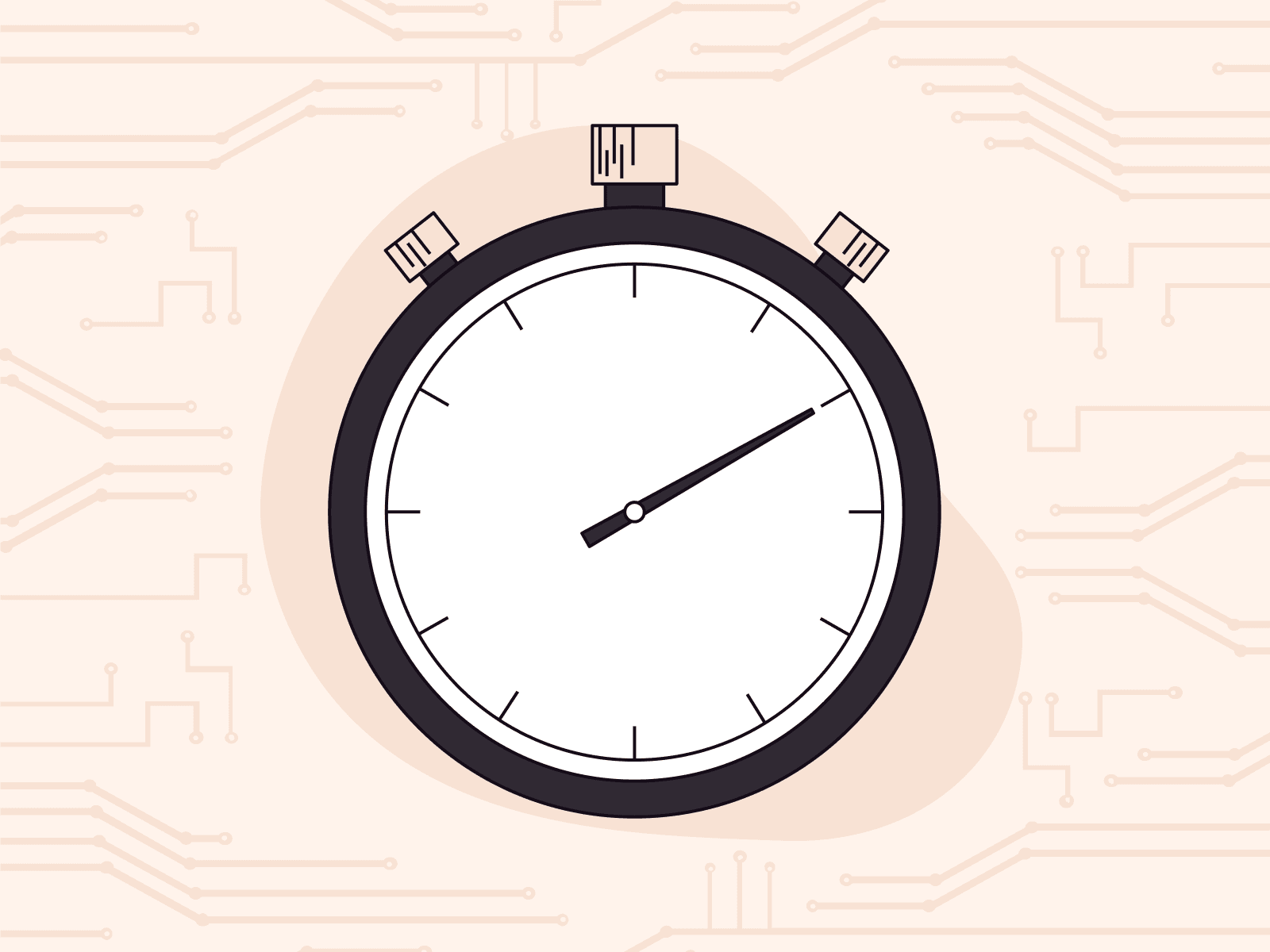
Deploying a trained AI model could be the easiest part of the AI lifecycle. After the heavy lifting of data collection, training, and optimization, pushing a model into production is where “the rubber hits the road”, meaning the business expects to see the benefits of invested time and resources. In reality, many AI projects fail in production because of poor performance stemming from suboptimal infrastructure conditions.
There are, broadly speaking, two paths developers can take when deploying inference: DIY, which is time and resource-consuming and requires domain expertise from several teams within the business, or the ever-so-popular “serverless inference” solution. The latter is supposed to simplify the task at hand and deliver productivity, cutting down effort to seconds, not hours. Yet most platforms offering “serverless” AI inference still feel anything but effortless. They require containers, configs, and custom scripts. They bury users in infrastructure decisions. And they often assume your data scientists are also DevOps engineers. It’s a far cry from what serverless was meant to be.
At Gcore, we believe real serverless inference means this: three clicks and ten seconds to deploy a model. That’s not a tagline—it’s the inference we built. And it’s what infrastructure leaders like Mirantis are now enabling for enterprises through partnerships with Gcore.
Why deployment UX matters more than you think
Serverless inference isn’t just a backend architecture choice. It’s a business enabler, a go-to-market accelerator, an ROI optimizer, a technology democratizer—or, if poorly executed, a blocker.
The reality is that inference workloads are a key point of interface between your AI product or service and the customer. If deployment is clunky, you’re struggling to keep up with demand. If provisioning takes too long, latency spikes, performance is inconsistent, and ultimately your service doesn’t scale. And if the user experience is unclear or inconsistent, customers end up frustrated—or worse, they churn.
Developers and data scientists don’t want to manage infrastructure. They want to bring a model and get results without becoming cloud operators in the process.
Dom Wilde, SVP Marketing, Mirantis
That’s why deployment UX is no longer a nice-to-have. It’s the core of your product.
The benchmark: 3 clicks, 10 seconds
We built Gcore Inference to remove every unnecessary step between uploading a model and running it in production. That includes GPU provisioning, routing, scaling, isolation, and endpoint generation, all handled behind the scenes.
The result is what we believe should be the default:
- Upload a model
- Confirm deployment parameters
- Click deploy
And within ten seconds, you’re serving live inference.
For platform teams supporting AI workloads, this isn’t just a better workflow. It’s a transformation.
With Gcore, our customers can deliver not just self-service infrastructure but also inference as a product. End users can deploy models in seconds, and customers don’t have to micromanage the backend to support that.
Dom Wilde, Mirantis
Simple frontend, powerful backend
It’s worth saying: simplifying the frontend doesn’t mean weakening the backend. Gcore’s platform is built for scale and performance, offering the following:
- Multi-tenant GPU isolation
- Smart routing based on location and load
- Auto-scaling based on demand
- A unified API and UI for both automation and accessibility
What makes this meaningful isn’t just the tech, it’s the way it vanishes behind the scenes. With Gcore, Mirantis customers can deliver low-latency inference, maximize GPU efficiency, and meet data privacy requirements without touching low-level infrastructure.
Many enterprises and cloud customers worry about underutilized GPUs. Now, every cycle is optimized. The platform handles the complexity so our customers can focus on building value.
Dom Wilde, Mirantis
If it’s not 3 clicks and 10 seconds, it’s not really serverless
There’s a growing gap between what serverless inference promises and what most platforms deliver. Many cloud providers are focused on raw compute or orchestration, but overlook the deployment layer. That’s a mistake. Because when it comes to customer experience, ease of deployment is the product.
Mirantis saw that early on and partnered with Gcore to bring inference-as-a-service to CSP and enterprise customers, fast. Now, customers can launch new offerings more quickly, reduce operational overhead, and improve the user experience with a simple, elegant deployment path.
Redefine serverless AI with Gcore
If it takes a config file, a container, and a support ticket to deploy a model, it’s not serverless—it’s server-less-ish. With inference at the edge, we make AI deployment as simple as three clicks and ten seconds. And, our model catalog offers a variety of popular models so you can get started right away.
Whether you’re frustrated with slow, inefficient model deployments or looking for the most effective way to start using AI for your company, you need Gcore Inference. Give our experts a call to discover how we can simplify your AI so you can focus on scaling and business logic.
Related articles
Subscribe to our newsletter
Get the latest industry trends, exclusive insights, and Gcore updates delivered straight to your inbox.

